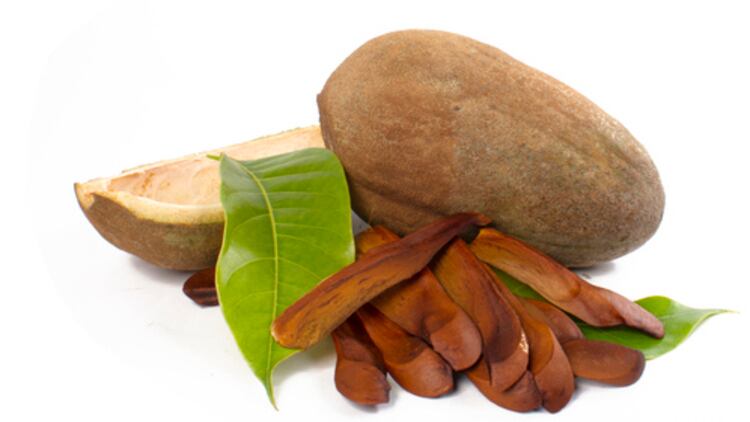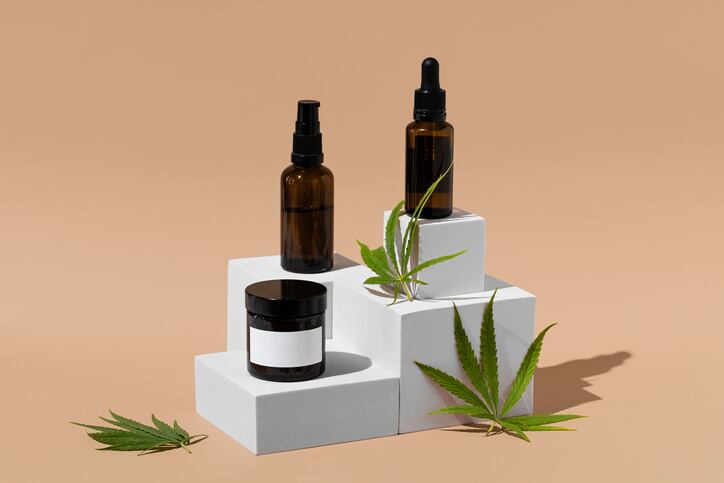According to a review, the seeds contain natural antioxidant, anti-inflammatory, antibacterial, skin whitening, and wound healing phytocompounds.
“These properties are vital in the cosmetic business, as they ultimately contribute to the ‘ageless’ beauty many consumers yearn for. Therefore, with further refinement and research, these active phytocompounds may be a great contribution to the cosmetic field,” said the researchers.
The team, comprising researchers from Malaysia, Brunei, Turkey and China, collated and referenced over 50 papers. They then categorised the data into two sections – antimicrobial properties and repair potential.
Microbes
Previous studies showed that the strength and coverage of the seeds’ antimicrobial properties were heavily dependent on the presence of certain phytochemicals and their respective amounts in the extract. However, this factor involves numerous conditions like the extraction method, solvents used and harvest season, according to research by Mohamed Babiker Suliman et al. in 2018.
Past research also featured inconsistencies in the data sets, probably due to the different strains tested. Some studies did not reveal the strain used, making it more difficult to cross-refer.
Hence, the team encourages researchers to utilise similar bacteria strains to facilitate comparison and follow a standard line of antimicrobial tests when conducting similar studies.
Last, the S. macrophylla extracts have not been tested against certain bacteria, such as the C. acnes and S. epidermidis. Hence, tests on the extract’s ability to balance the skin microbiota would be advantageous. Additionally, scientists could study the effects of S. macrophylla on bacteria-induced inflammation in skin diseases.
Skin whitening and repair
Based on this review, the S. macrophylla seed extract could be an agent for anti-ageing and is photoprotective when tested across the UVA and UVB spectrum, meaning it could behave similarly to sunscreen.
The extract could also potentially reverse UVB-induced damage because of its antioxidant and anti-inflammatory properties as shown in studies done by Moumita Dutta et al. (2013) and Wan Nur Atiqah Wan Hassan et al. (2015) among others.
For its anti-inflammation properties, scientists found that compounds in the seed, for instance swietenine, could inhibit the production of nitric oxide, downregulate various pro-inflammatory cytokines and upregulate antioxidant proteins. It could be inferred that such effects probably would be able to remedy the damaging effects of exposure to UV rays.
Besides anti-inflammation, the seed extract could impede the formation of irregular skin pigmentation and induce skin regeneration. For pigmentation, the extract could hinder the build-up of unwanted melanin. When discussing skin regeneration, the extract’s healing properties were analysed by two other teams using human epithelial cells and demonstrated a positive outcome on skin fibres.
In summary, S. macrophylla seeds could become ingredients in cosmeceuticals due to their antioxidant, anti-inflammatory, antibacterial, skin whitening, and wound healing properties. However, more research needs to be done towards refining the transformation of the seed extract into a usable product.
This review was supported by the Monash University Malaysia, School of Pharmacy Pilot Research Grant; the Monash Global Asia in the 21st Century (GA21) research grant; and the Fundamental Research Grant Scheme.
Source: Antioxidants
“The Prospects of Swietenia macrophylla King in Skin Care”
DOI: 10.3390/antiox11050913
Authors: Camille Keisha Mahendra et al.




